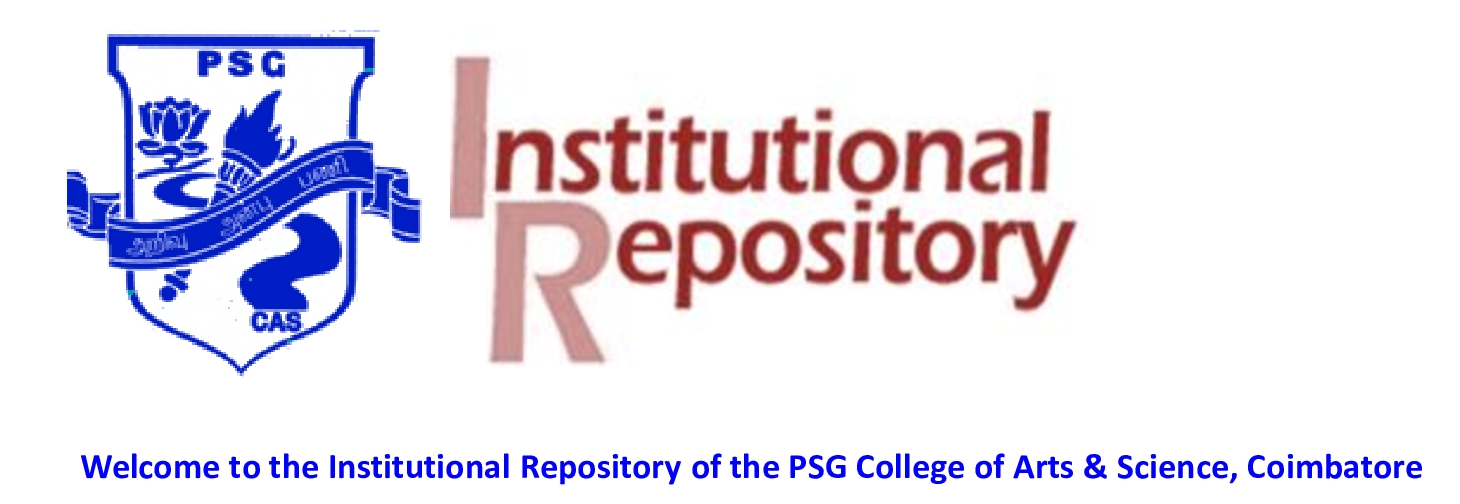Varunprasath, K and Amritha, PS (2022) ASSOCIATION OF WETLAND SIZE VERSUS THE ECOLOGICAL CONDITIONS AND ECOSYSTEM SERVICES OF STAGNANT WETLANDS IN THE AGROCLIMATIC ZONE (NAMAKKAL DISTRICT), TAMILNADU. ASSOCIATION OF WETLAND SIZE VERSUS THE ECOLOGICAL CONDITIONS AND ECOSYSTEM SERVICES OF STAGNANT WETLANDS IN THE AGROCLIMATIC ZONE (NAMAKKAL DISTRICT), TAMILNADU.. ISSN 2693-5015
IR.pdf - Published Version
Download (2MB)
Abstract
A wetland is an area with a water table, at, near, or above the land surface either seasonally or permanently throughout
the year. Stagnant wetlands, defined as no current or flow and often, occur in a range of different sizes and represent a
vast natural ecosystem that provides vital ecosystem services to humans. These areas are, however, not well-studied. The
research looks into the association of stagnant wetland’s size versus the ecological condition (EC) and Ecosystem
services (ES), and their Land use, land cover (LULC) in the Agro-climatic zone of Namakkal district (ND) situated in
the (N; 11.36, 78.30 East), TamilNadu, India. Twenty-one stagnant wetlands are hydrologically isolated; Every year,
around 66.6% of wetlands are semi-parched from December to May. The wetlands were categorized into size categories
for assessment, including small wetlands which is < 10 acres, medium wetlands were 11-100 acres, and large wetlands
were > 100 acres. The ecological condition of wetlands data was got from the native peoples by using the questionnaire
survey and field visit observations. Also, observed wetlands size, altitude, and GPS location from the study site. They
selected wetlands were chosen based on their impact, availability, and access, as well as their land uses and Human
Disturbance Score (HDS), which was calculated using Gernes and Helgen's technique (2002). The ecosystem services
were calculated by household Survey (HHS), Focus Group Discussion (FGDs), and Key Informant Interviews. Our
results showed that the ecosystem services of wetlands degraded by human anthropogenic activities and other
degradation factors vary according to the type of wetlands. This is particularly important because ecosystem services
such as livestock rearing and agronomy are vital income sources for local communities such as livestock rearing and
agronomy are vital income sources. The analysis shows that wetland size is not associated with ecological status and
ecosystem services. That said, the land use land cover changes, analyzed from 2010 to 2019, indicate that land
development is increasing and that the area is also experiencing extensive changes in agricultural areas. Both of these
conditions threaten wetland size. Our analysis indicated that prioritizing wetland conservation activities based on
wetland size is not the best practice, however, assessing wetlands for their ecosystem services may allow prioritizing
where to concentrate conservation resources
| Item Type: | Article |
|---|---|
| Uncontrolled Keywords: | Wetlands, Namakkal district, Ecosystem service, Anthropogenic, Human disturbance, RAMSAR |
| Divisions: | PSG College of Arts and Science > Department of Visual Communication |
| Depositing User: | Dr. B Sivakumar |
| Date Deposited: | 10 Sep 2024 11:47 |
| Last Modified: | 10 Sep 2024 11:47 |
| URI: | https://ir.psgcas.ac.in/id/eprint/2250 |

